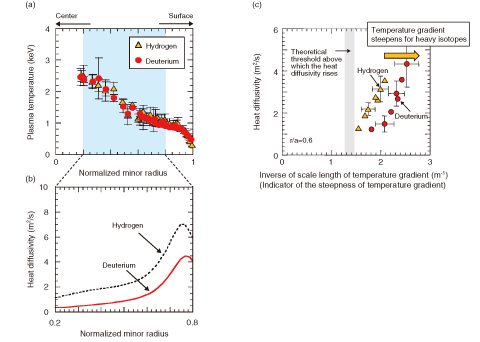
Fig.4-25 Heat diffusivity and scale length of temperature gradient for hydrogen and deuterium plasmas
For a fusion reactor, the physical processes of heat and particle diffusion have been intensively studied. Specifically, next-step devices such as ITER will operate in burning plasma using tritium. However, current fusion research generally treats hydrogen or deuterium. Therefore, it is a critical issue to clarify the effects of hydrogen isotopes on the process of plasma heat diffusion.
In JT-60, the effects of the isotopes of hydrogen and deuterium on the heat diffusion process have been examined. As a result, identical temperature profiles were obtained for hydrogen and deuterium, as shown in Fig.4-25(a). However, the hydrogen case requires nearly twice the heating power of the deuterium case to sustain this temperature profile. In other words, the heat diffusivity for hydrogen is nearly twice that for deuterium, as shown in Fig.4-25(b). It is known that, when the plasma heating power is increased, the temperature gradient in the plasma core becomes larger and eventually drives an instability that rapidly enhances the heat diffusion at its threshold. In this case, owing to its large heat diffusivity, the temperature gradient is not changed greatly. However, it is not known how this characteristic of the heat diffusion depends on the hydrogen isotopes. This experiment revealed for the first time worldwide that the indicator of the steepness of the temperature gradient becomes larger for heavier isotopes, whereas the heat diffusivity becomes smaller for heavier isotopes if the temperature profiles are the same, as shown in Fig.4-25(c). This result indicates that the growth rate of the temperature-gradient-driven instability depends on the hydrogen isotopes.
This study has remarkably advanced the understanding of the physical process of heat diffusion. The result not only contributes to the prediction of the fusion power in ITER but also provides information for the design of the DEMO reactor.